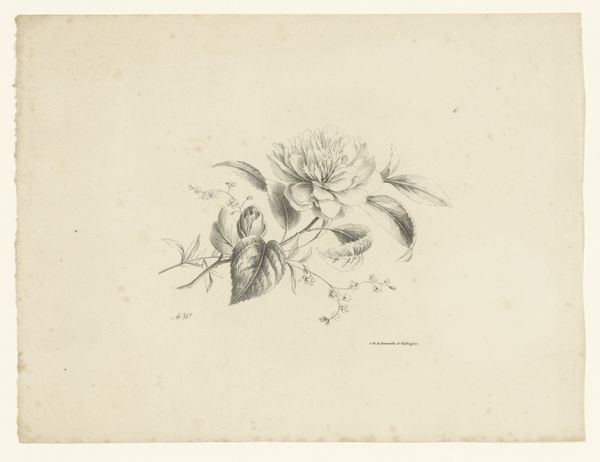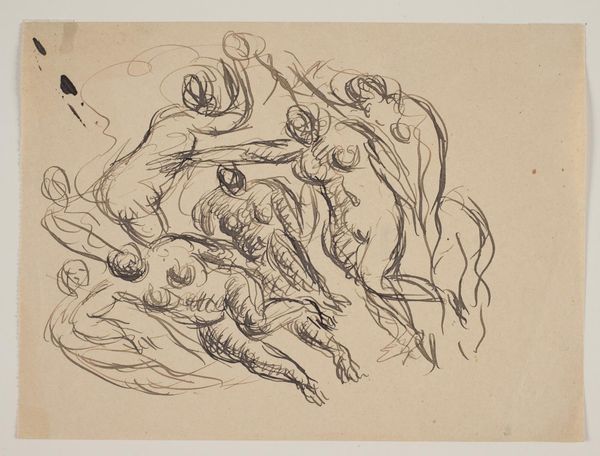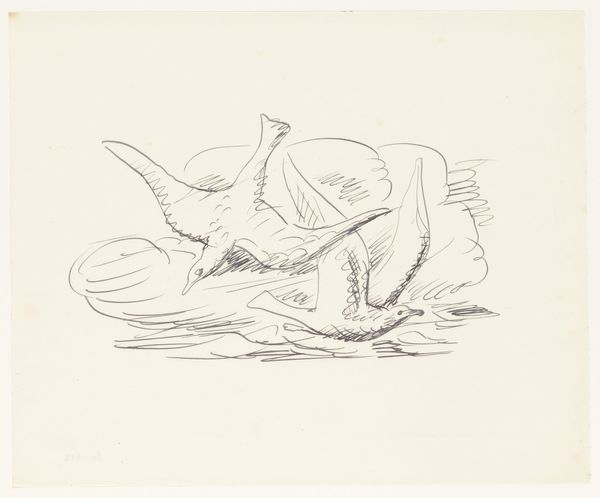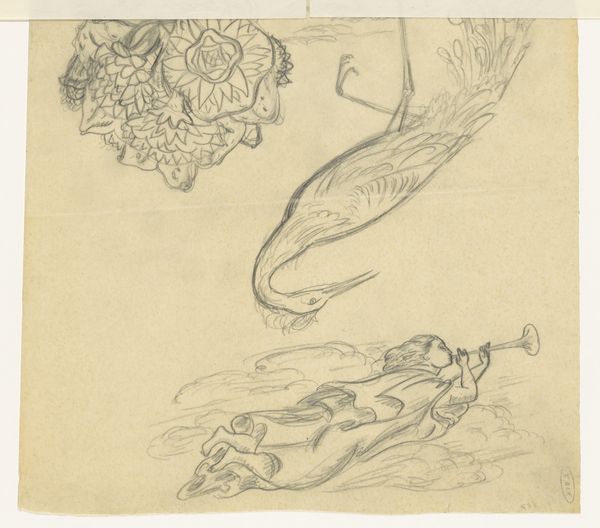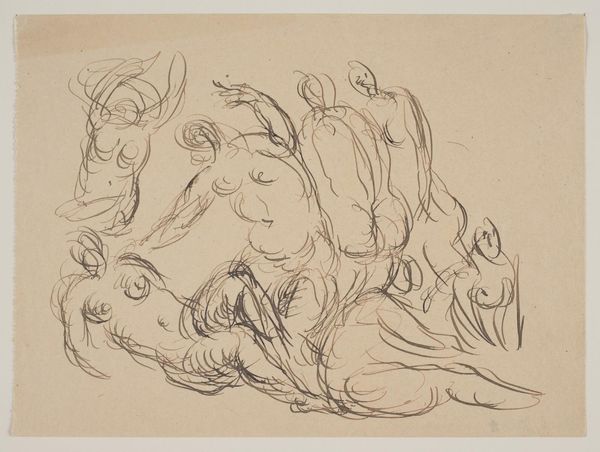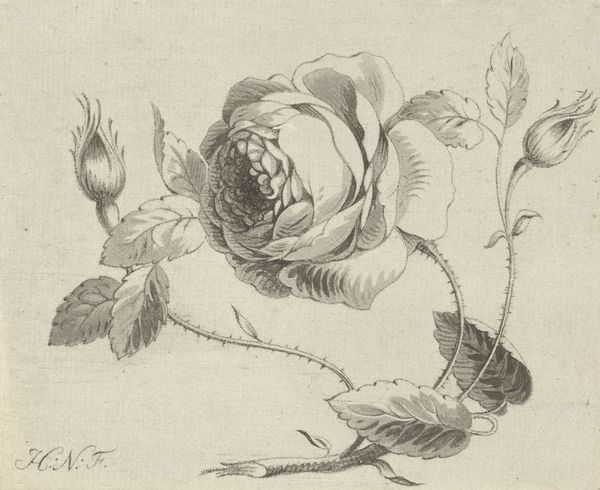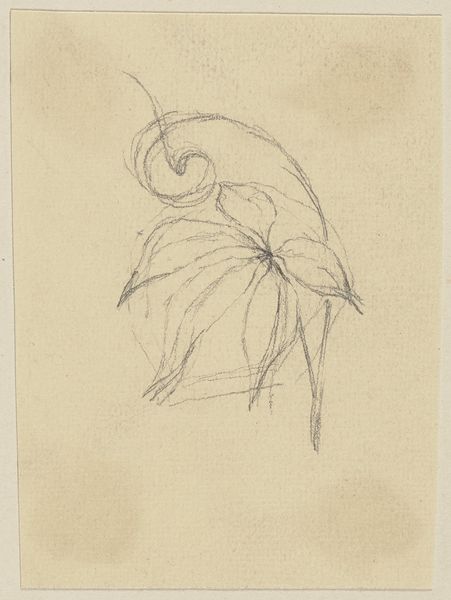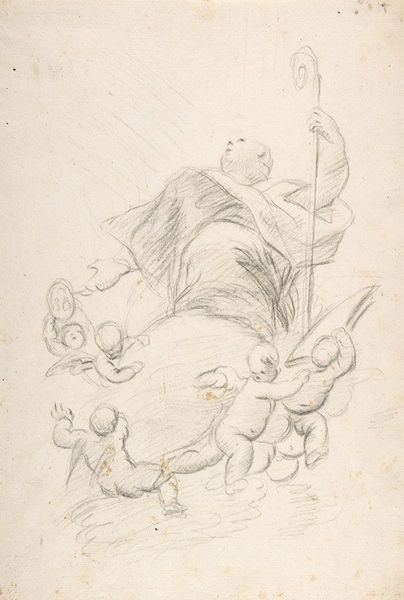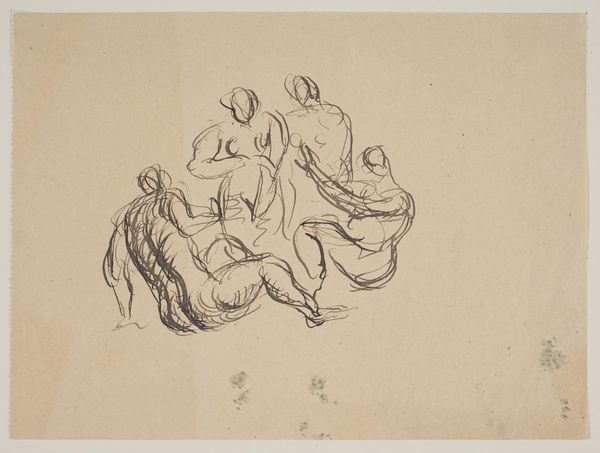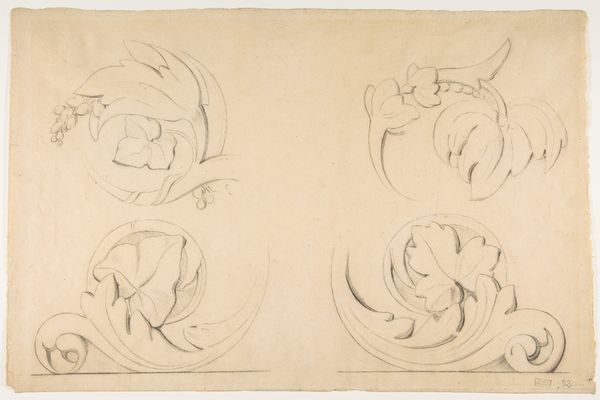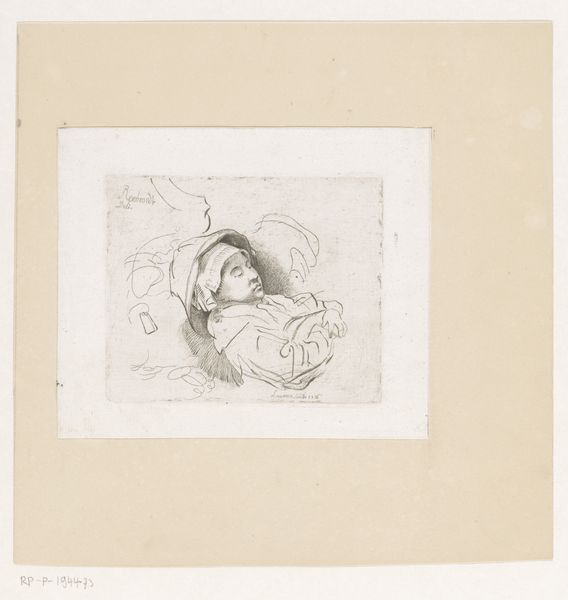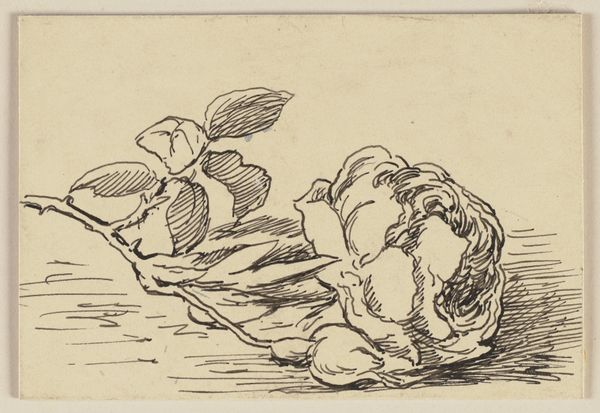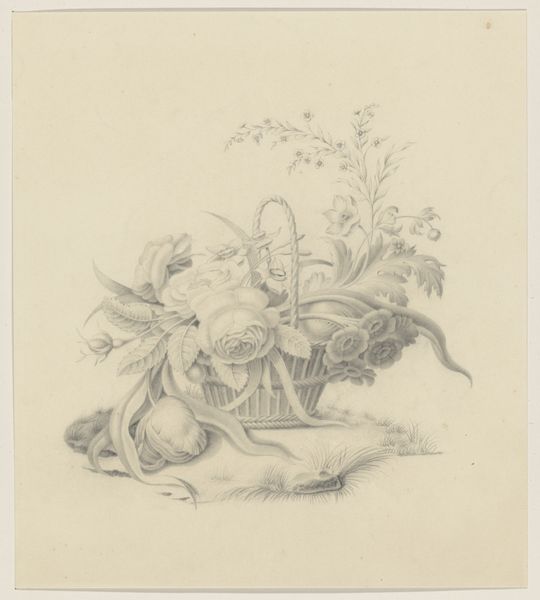
Illustration til "Tommelise" i H.C. Andersen, "Eventyr og Historier", Bind 1 1870 - 1873
0:00
0:00
Dimensions: 65 mm (height) x 75 mm (width) (bladmaal)
Editor: Here we have H.P. Hansen’s illustration for Hans Christian Andersen’s “Thumbelina,” dating from the early 1870s. It's a delicate engraving showing the tiny protagonist nestled in a flower. The overall impression I get is one of vulnerability and fragility. What strikes you most about it? Curator: The immediate appeal is clear – the romantic illustration of a fairytale, resonating with a longing for simpler narratives. But consider this: fairytales, and their illustrations, often served as vehicles for social commentary. Hansen's work here visualizes not just Thumbelina's smallness, but perhaps the precariousness of childhood, especially for girls, in a rapidly industrializing Denmark. What power dynamics do you see visualized within this single image? Editor: Power dynamics? I mainly saw the image as a literal depiction of the story… Thumbelina’s size in relation to the flower emphasizes her vulnerability. Curator: Precisely. Now, think about the flower. It’s drawn with such detail, such deliberate care, yet it’s also an enclosed space. The flower could represent the limited roles available to women at the time –beauty, domesticity, confinement. Does the image, then, only celebrate the fairytale or also subtly critique the limitations imposed on women? The Andersen tale reflects the social anxieties of the time about female agency, and this image seems to me to visually embody those tensions. Editor: So, what seems like a straightforward illustration actually hints at much deeper societal issues… The image now makes me question, not only appreciate, the story’s simplicity. Curator: Exactly! It's in those questions that art becomes truly relevant and transformative. Examining how the personal and political intersect can give us a much richer reading of the work.
Comments
No comments
Be the first to comment and join the conversation on the ultimate creative platform.
